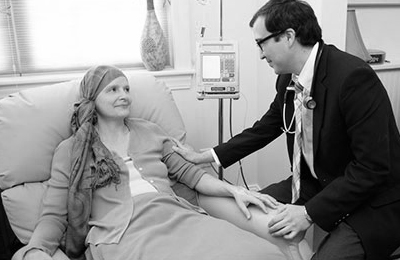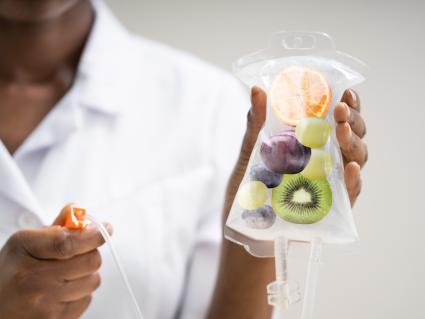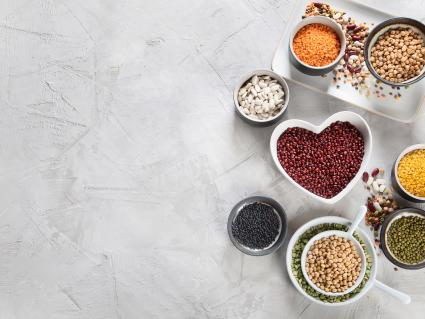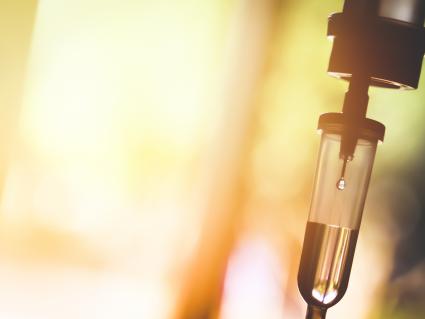IV Vitamin C Therapy for Cancer
There is much research regarding the use of vitamin C (ascorbic acid) in cancer therapy. However, most of the research focuses on oral rather than the more effective intravenous (IV) route of administration. IV vitamin C has a significantly greater effect on immune enhancement than the conventional oral route of administration.
Oral doses of vitamin C can only achieve maximum blood concentrations of 220 micromoles per liter. At this concentration, vitamin C acts as an anti-oxidant, protecting healthy cells from oxidative stress and against some bacteria and viruses. It remains good advice to take your vitamin C at the first sign of a cold.
Research shows that blood levels greater than 1,000 micromoles per liter are toxic to cancer cells. These levels cannot be achieved by taking oral vitamin C.
How IV Vitamin C Therapy Works
When given intravenously, high levels of vitamin C in the blood generate the production of hydrogen peroxide, a known toxin to cancer cells. Whereas normal cells have the ability to reduce the effects of hydrogen peroxide, cancer cells do not have the same mechanism of action in this regard.
In laboratory experiments of human lymphoma cancer cells, hydrogen peroxide exposure results in cell death. When high doses of vitamin C is added to human lymphoma cancer cells, cell death was identical and due to the generation of hydrogen peroxide from the vitamin C2.
These experiments show vitamin C at high concentrations does not actually work as an anti-oxidant as it does when given orally at lower doses, but as a pro-oxidant. Pro-oxidants cause cancer cell death due to the low levels of anti-oxidant properties present in tumor cells. Vitamin C at high doses only acts as a pro-oxidant, similar in mechanism to some cancer medication therapies but without the toxic side effects.
IV Vitamin C Therapy at The Center
Current intravenous vitamin C protocols suggest maximum benefit from one to two infusions of 50 - 75 grams per week for about 6 months.
After reassessment, continued treatment is typically one to two 50 - 75 gram infusions per month or on an as needed basis. Each infusion takes about one hour. Although it is not necessary, it is recommended to have intravenous access through a port or PICC line.
To learn more about all our intravenous therapies for chronic illnesses, click here.
To learn more about our intravenous wellness therapies for prevention, click here.





















